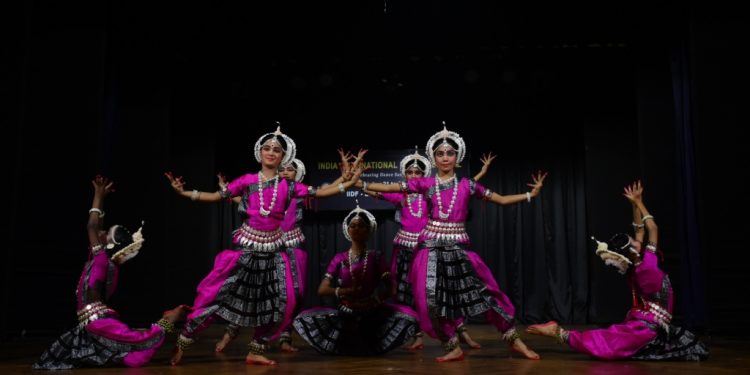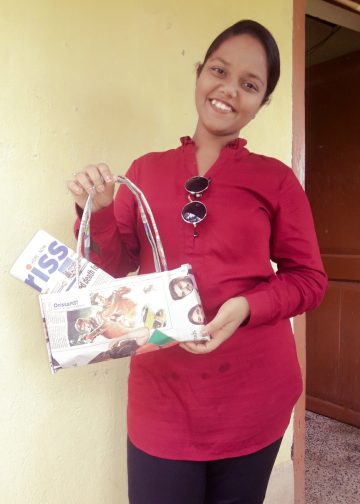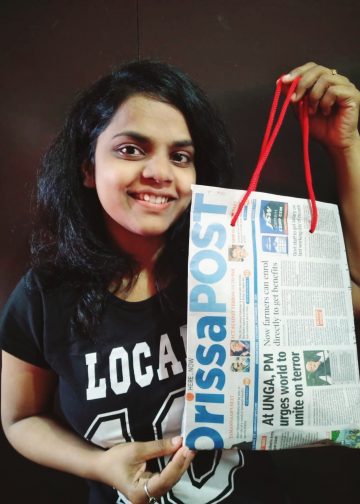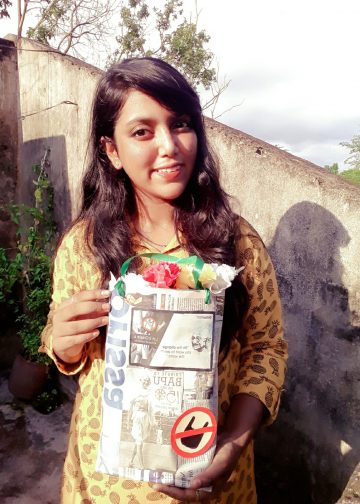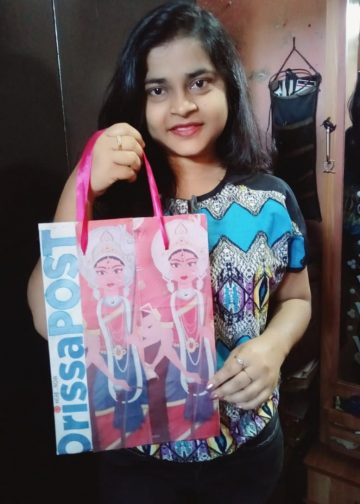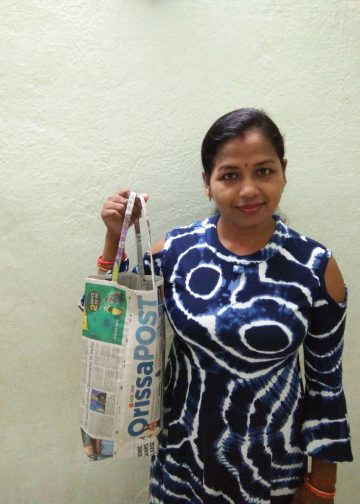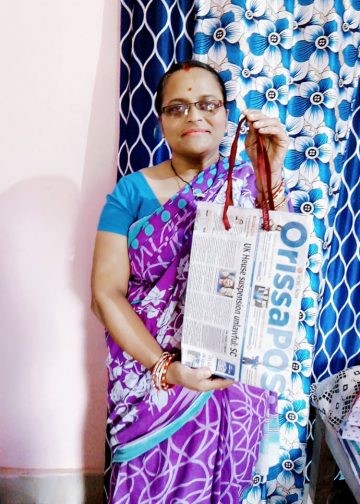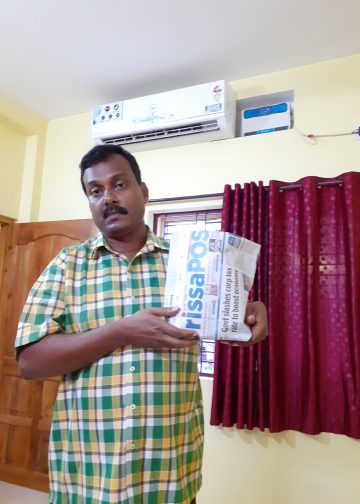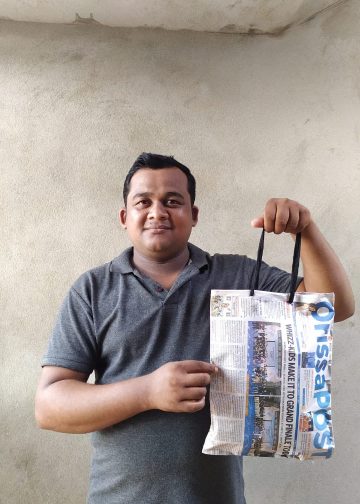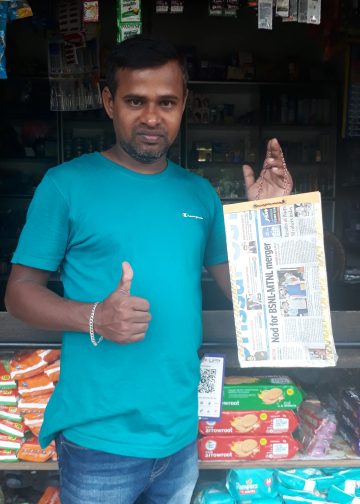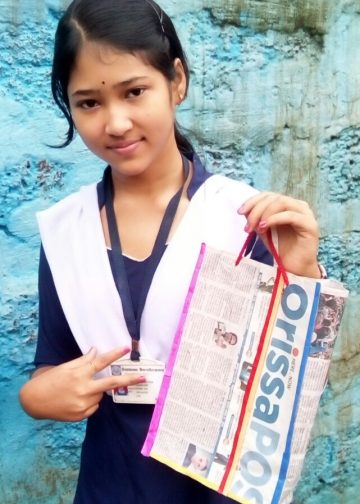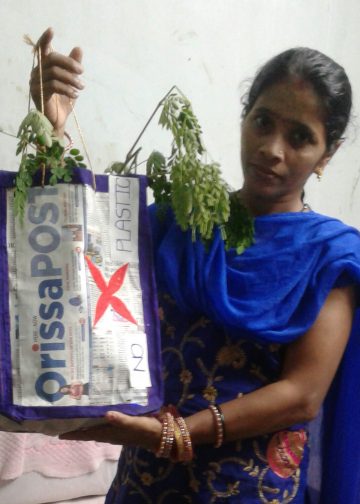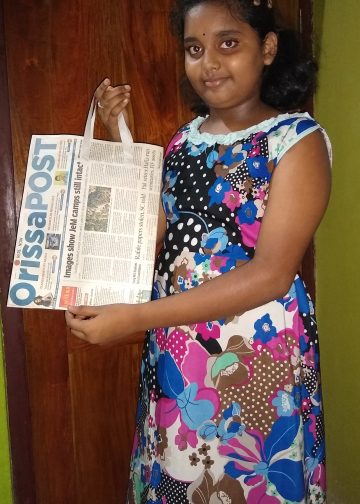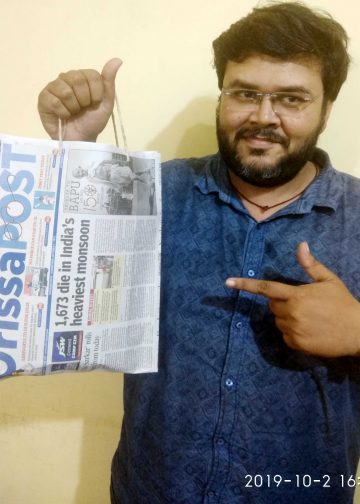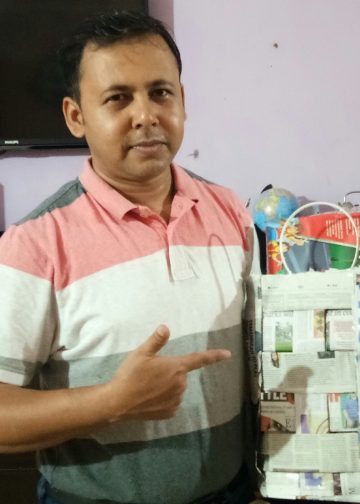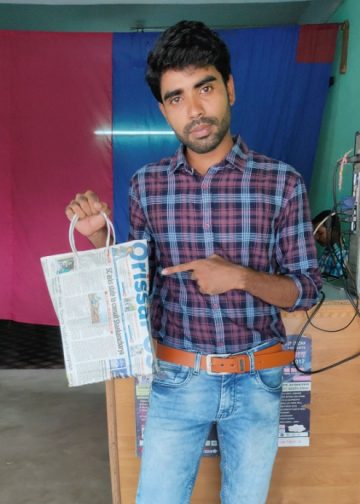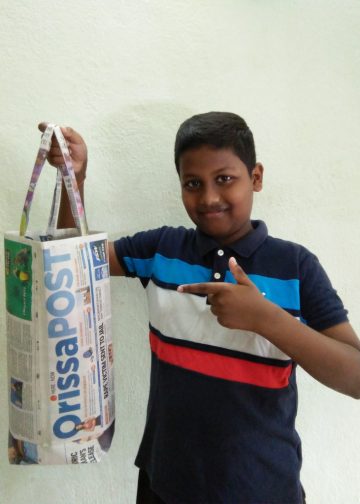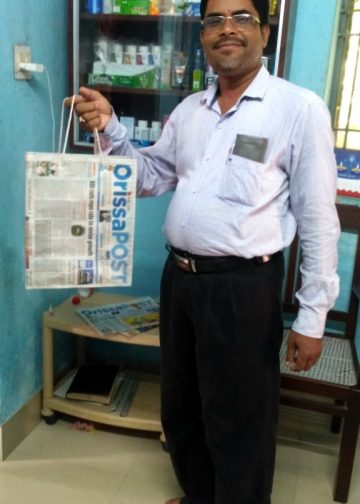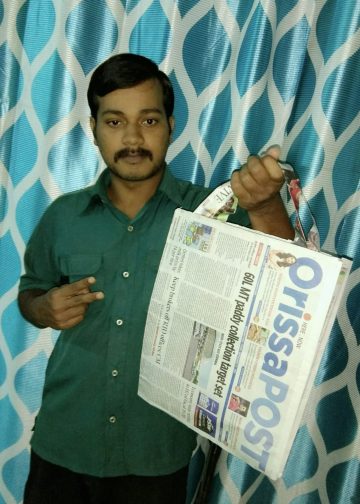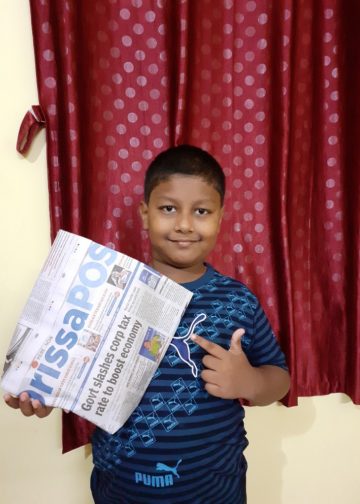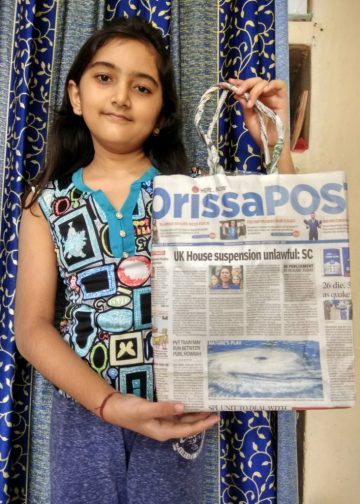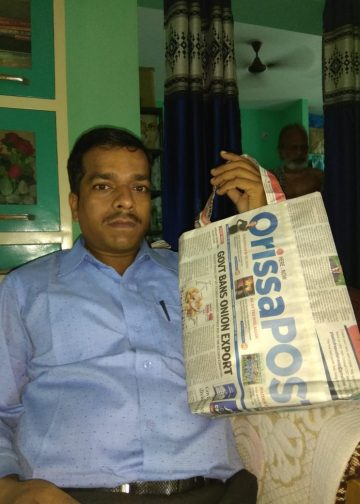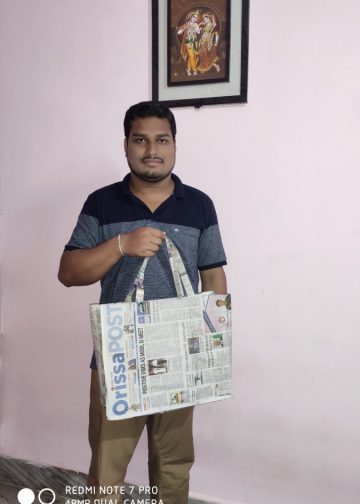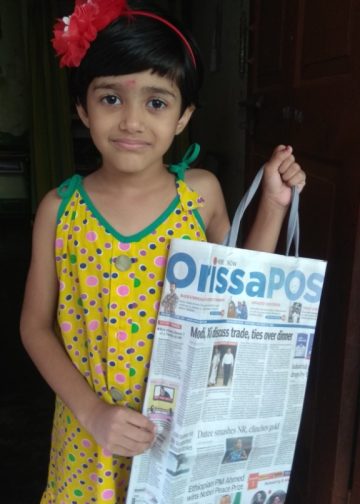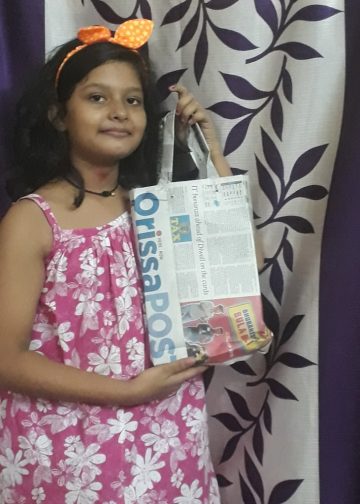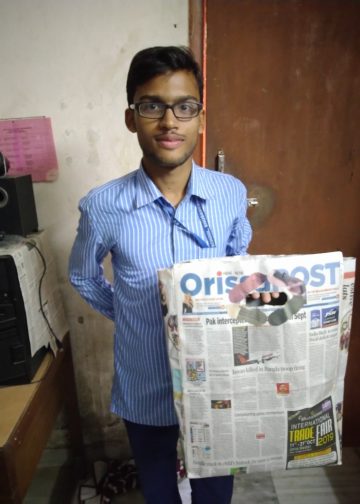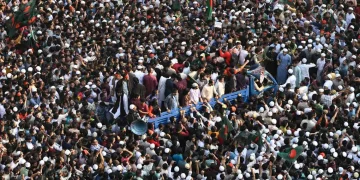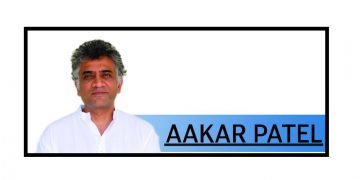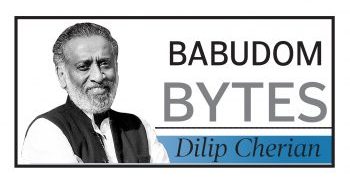BHUBANESWAR: The third edition of India International Dance Festival (IIDF) organised by Samskritki kicked off at Bhanja Kala Madap in Bhubaneswar, Sunday. More than 200 dancers will perform on various dance styles such as tribal, classical, martial and contemporary among others in the festival.
Seventeen artistes performed on several dance forms such as Bharatanatyam, Kathak, Kuchipudi, Odissi, Manipuri, Mohiniattam, Sattriya, Chhau, Jhumar and Sambalpuri on the inaugural day of the festival.
Shyamhari Chakra, Founder and Director of the IIDF, said, “This year dancers and dance researchers from Australia, Japan, Malayasia, Romania, Singapore and USA are visiting the festival along with a large number of dancers from all over India.”
He said that the inclusion of more tribal dance forms which were absent in earlier edition of the festival was a priority. Tribal dance forms such as Sambalpuri and Chaau were as ancient as other classical forms. However, these forms do not receive the appreciation which is enjoyed by classical forms. This is unfortunate as every classical dance forms are initially inspired from tribal forms.
The first performance of the day was an Odissi dance presented by the children of Adruta Children’s Home. Seven young dancers performed mangalacharan, which is dedicated to Lord Shiva. The dancers also performed Shiva Tandav and other forms with a lot of precision which mesmerized the audience.
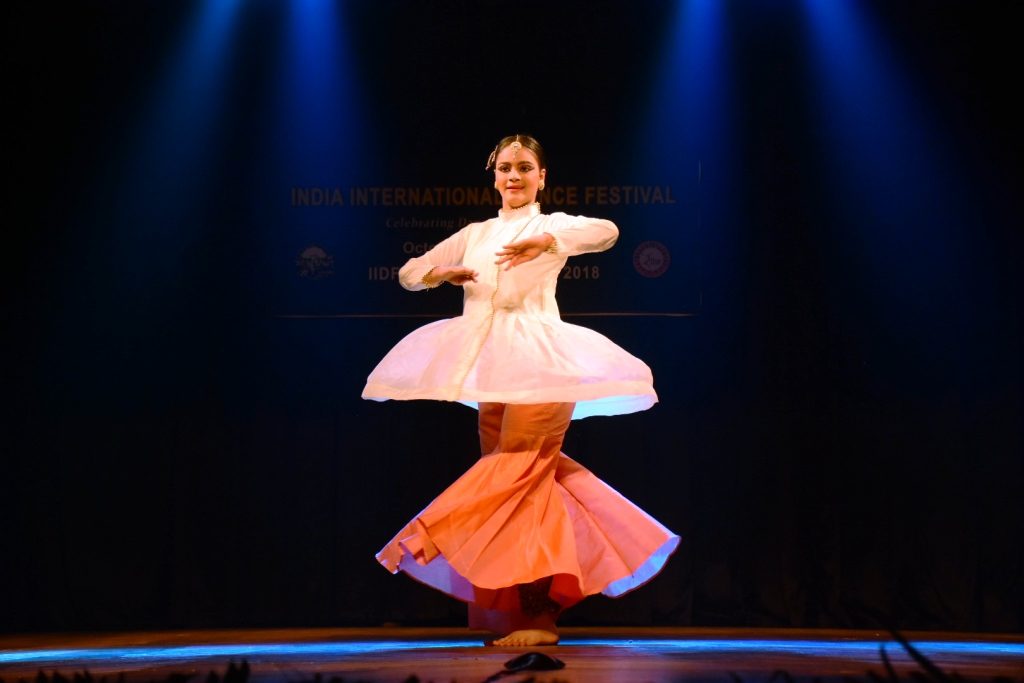
The second performance was Kuchipudi presented by Preethi Ghadei of Hyderabad who presented the Devistuti in which the dancer showcased a woman’s fight against a demon.
The third performance was Kathak presented by Anushka Ghosh of Kolkata who presented the Krishna leela in which several aspects of the life of Lord Krishna was presented by the dancer. From the Lord’s relationship with Radha and gopis to the fight against Kansa, everything was depicted in the performance subtly.
Apart from dance performances, the four-day event also includes discussions on dance as a profession, exhibition of publications on dances. Visiting cultural institutions like Odisha State Museum, Tribal Museum, GKCM, Odissi Research Centre, temples and heritage sites in and around Bhubaneswar, Konark and Puri would be the best part of the festival.

